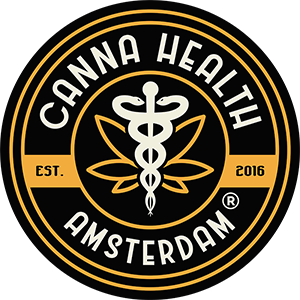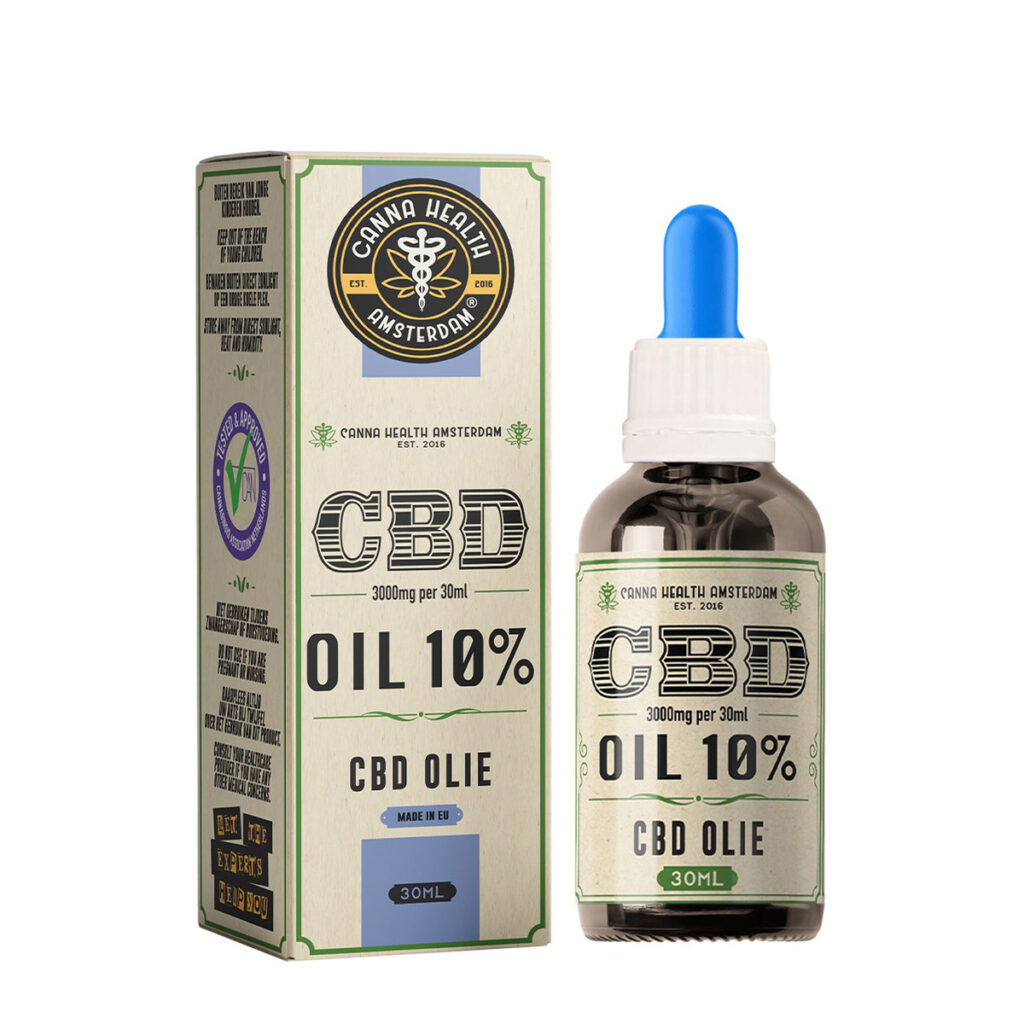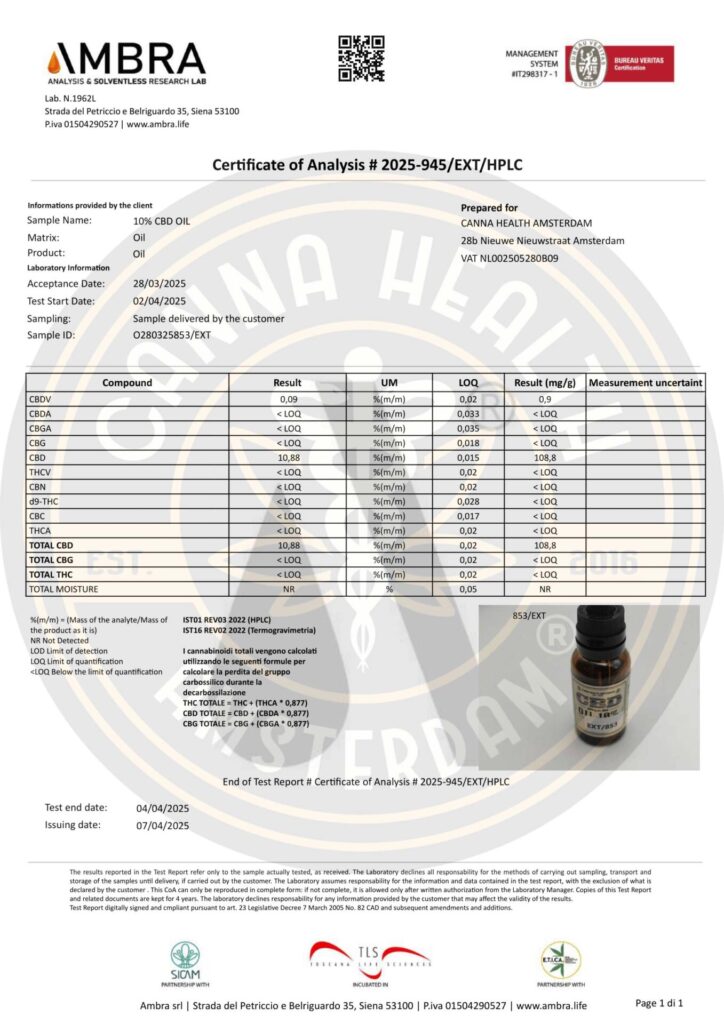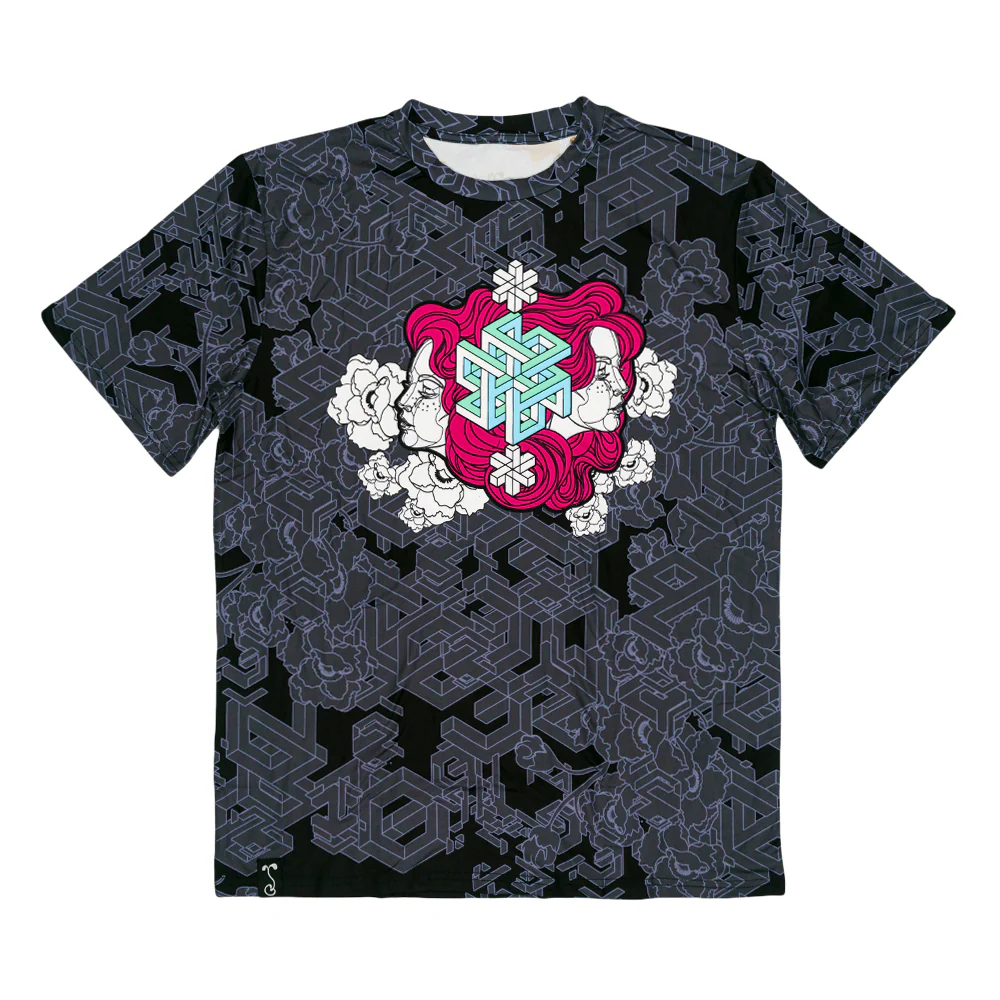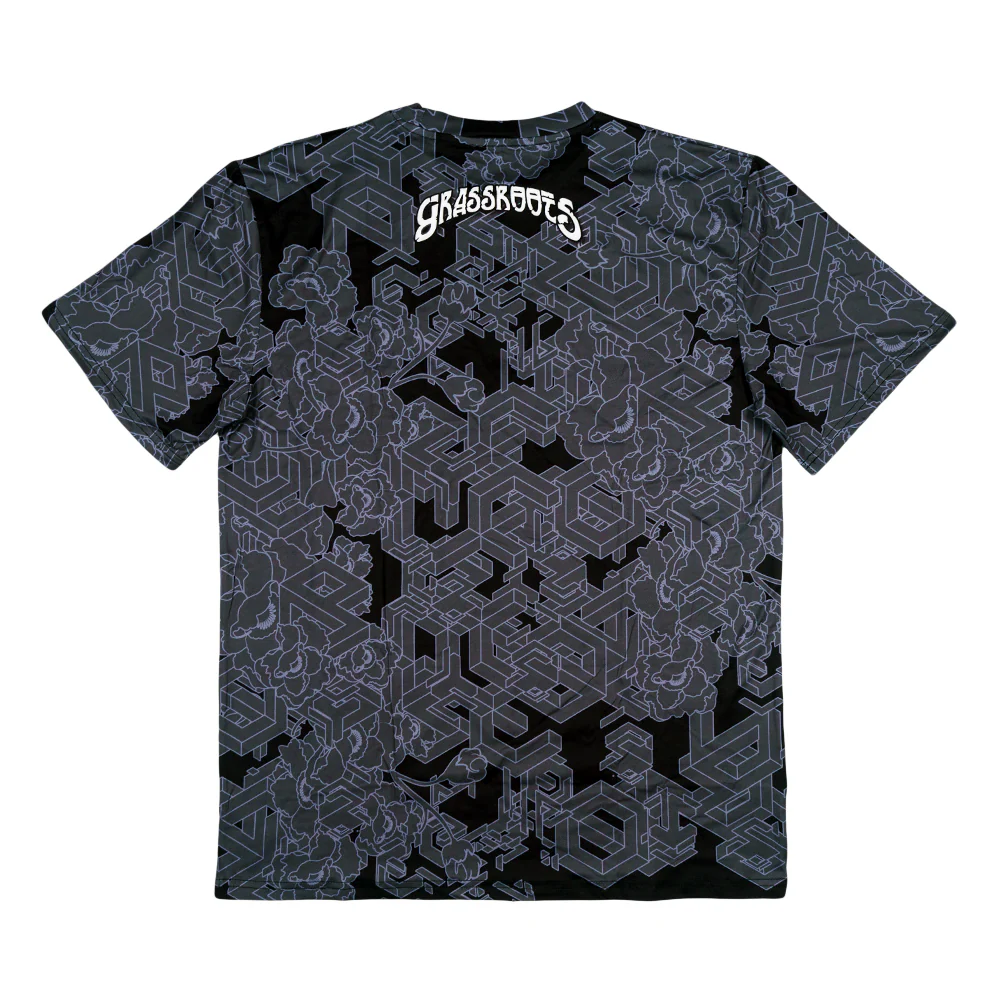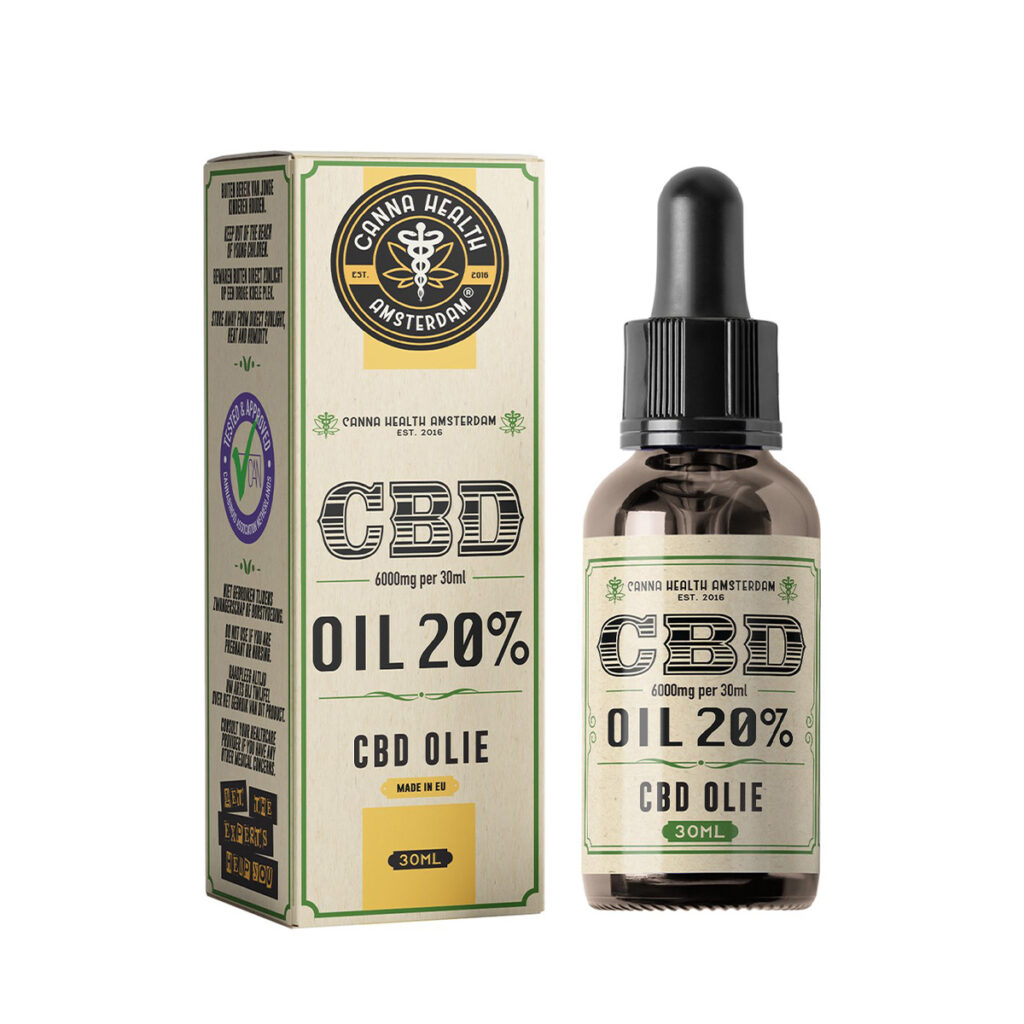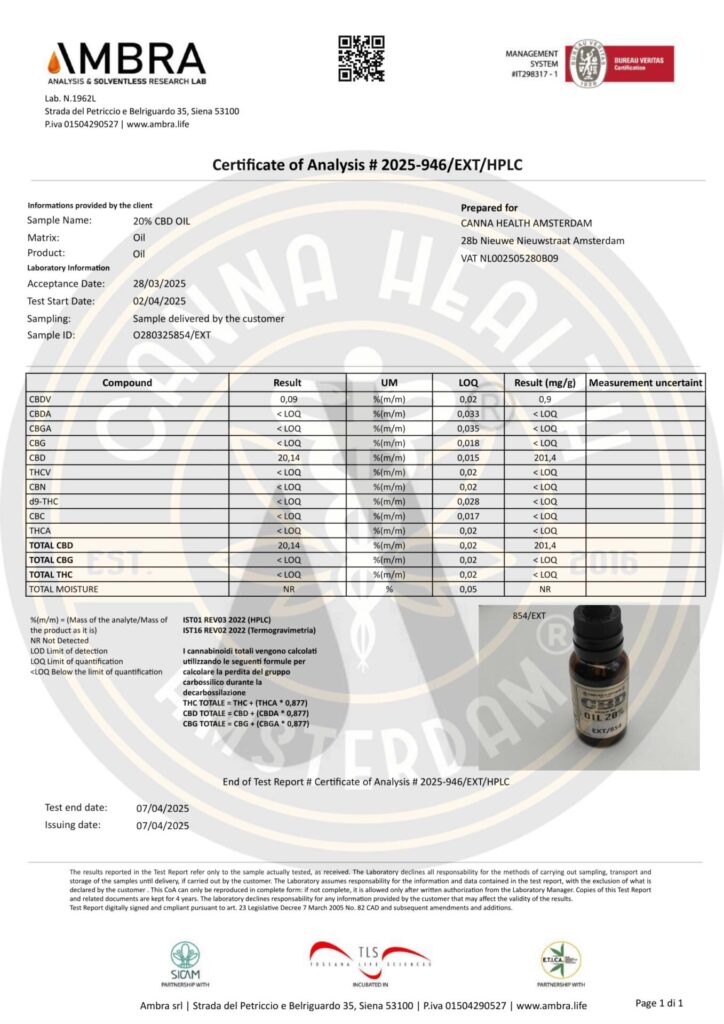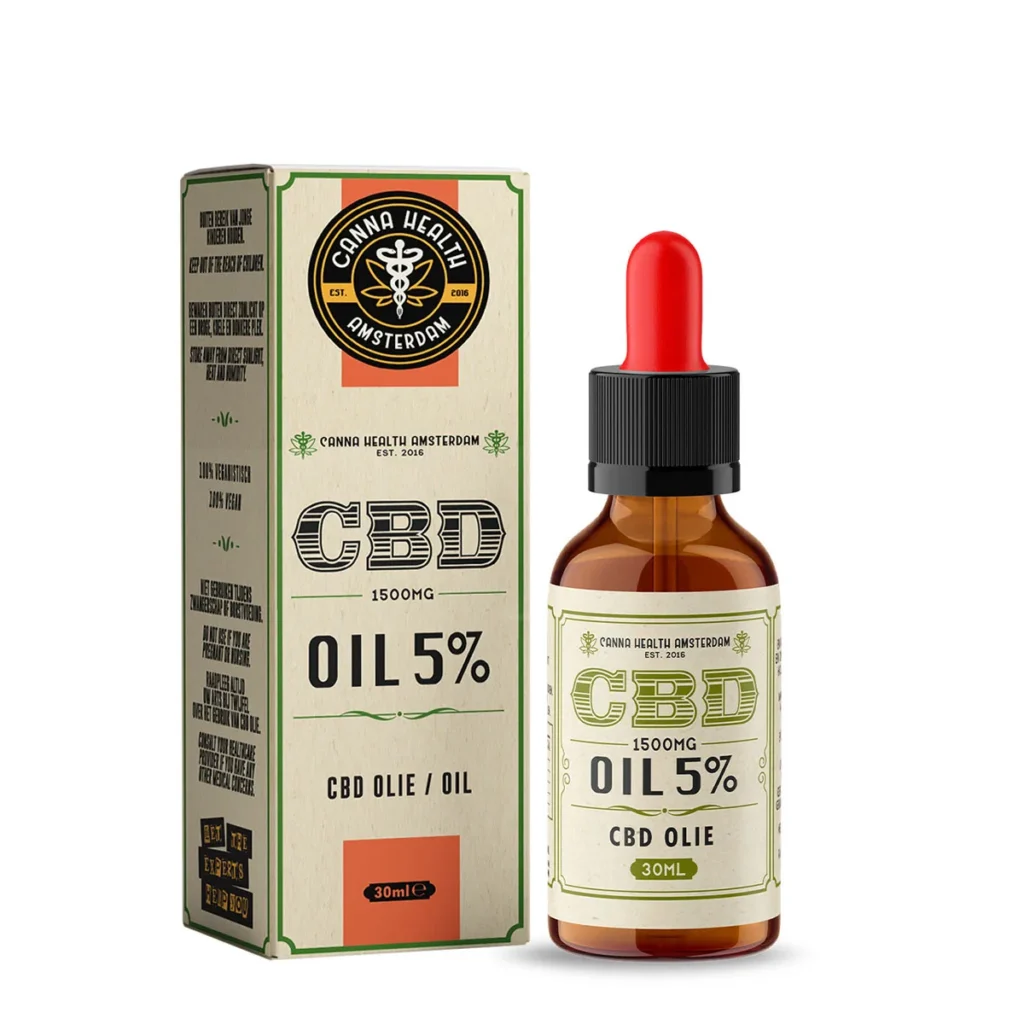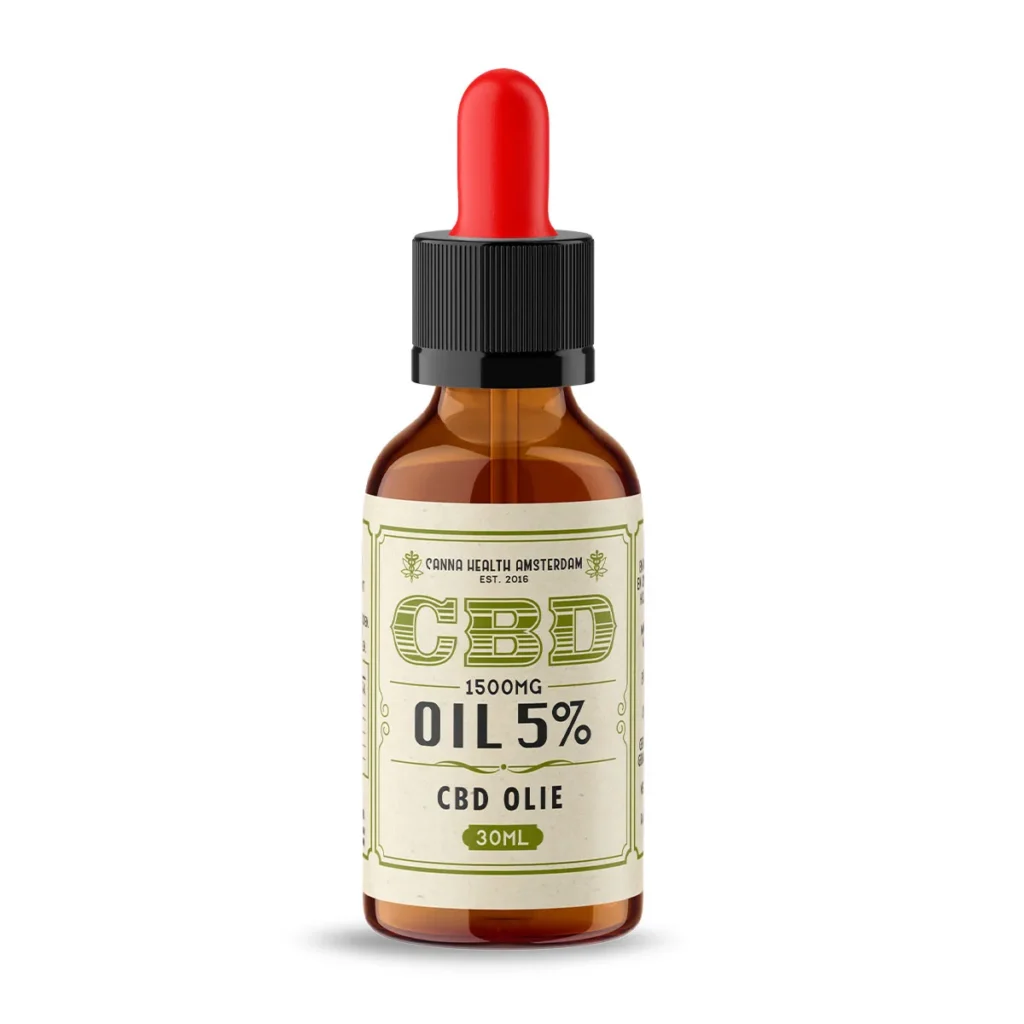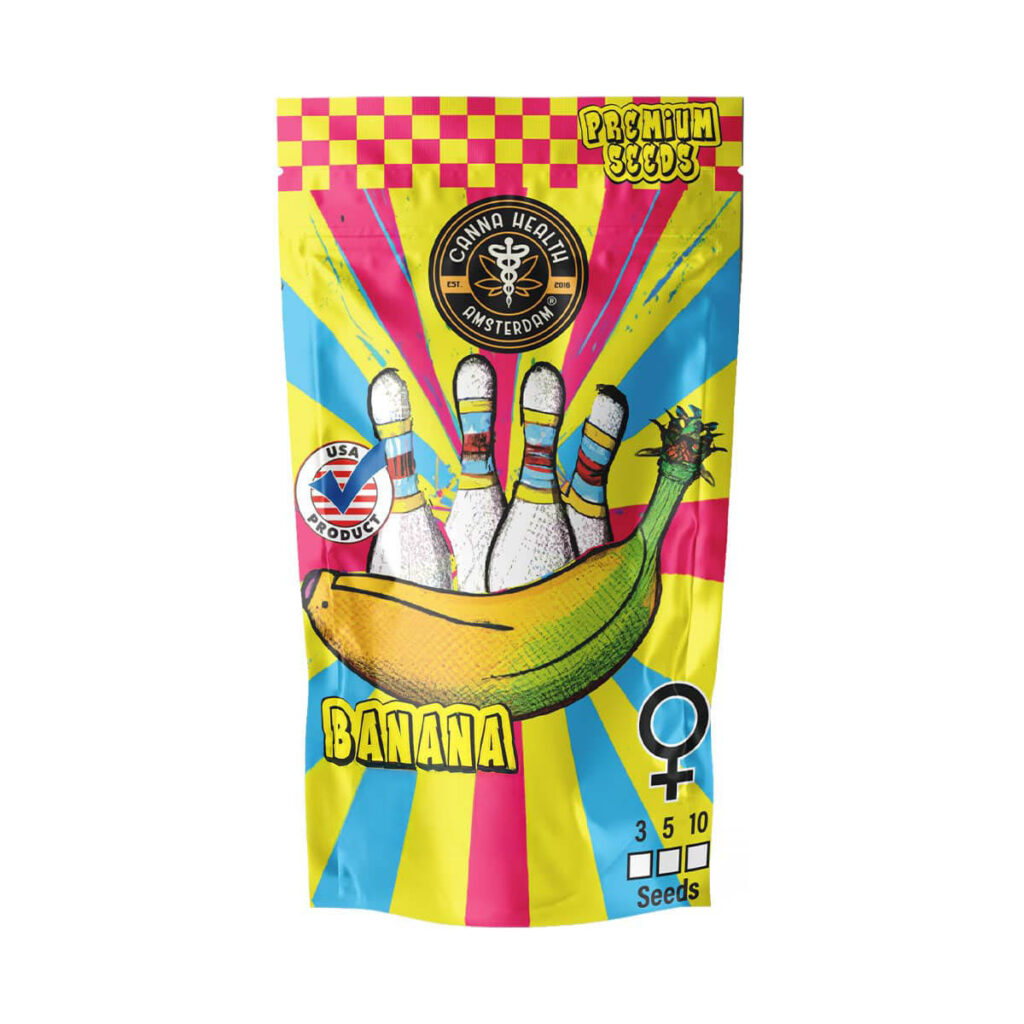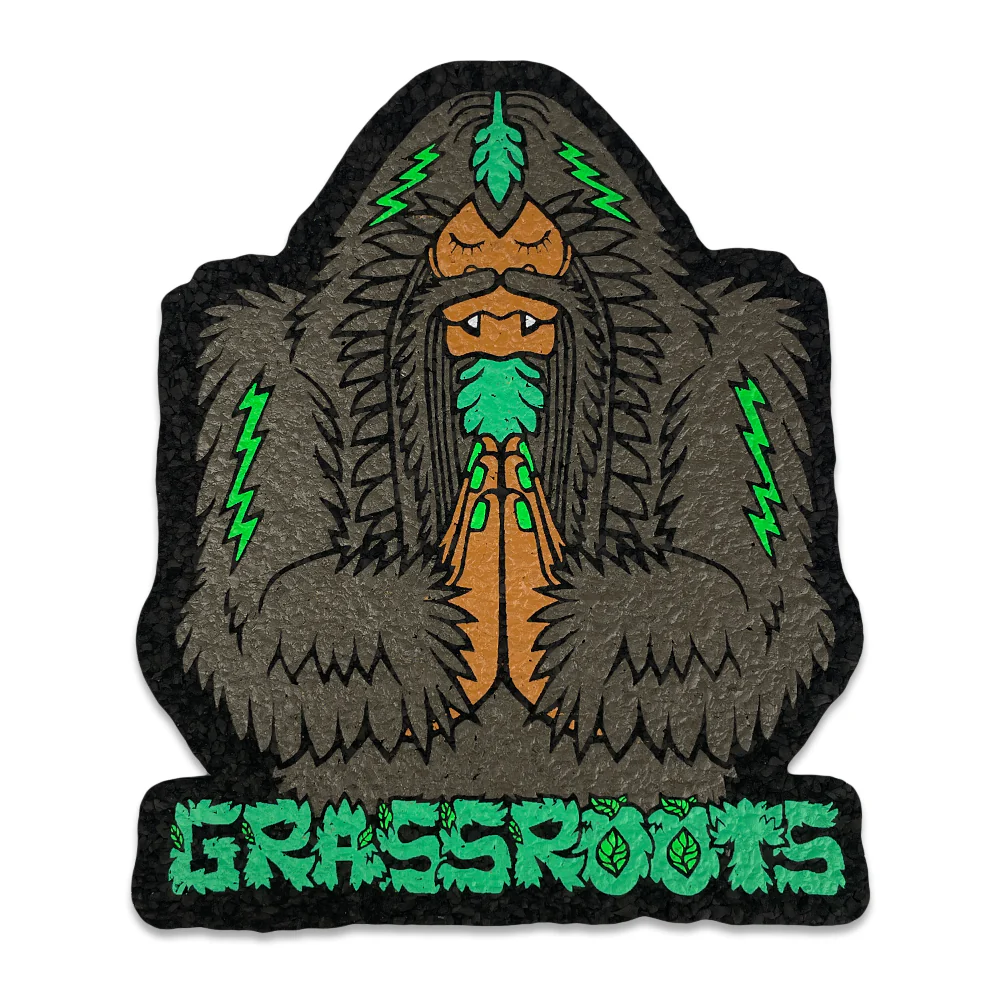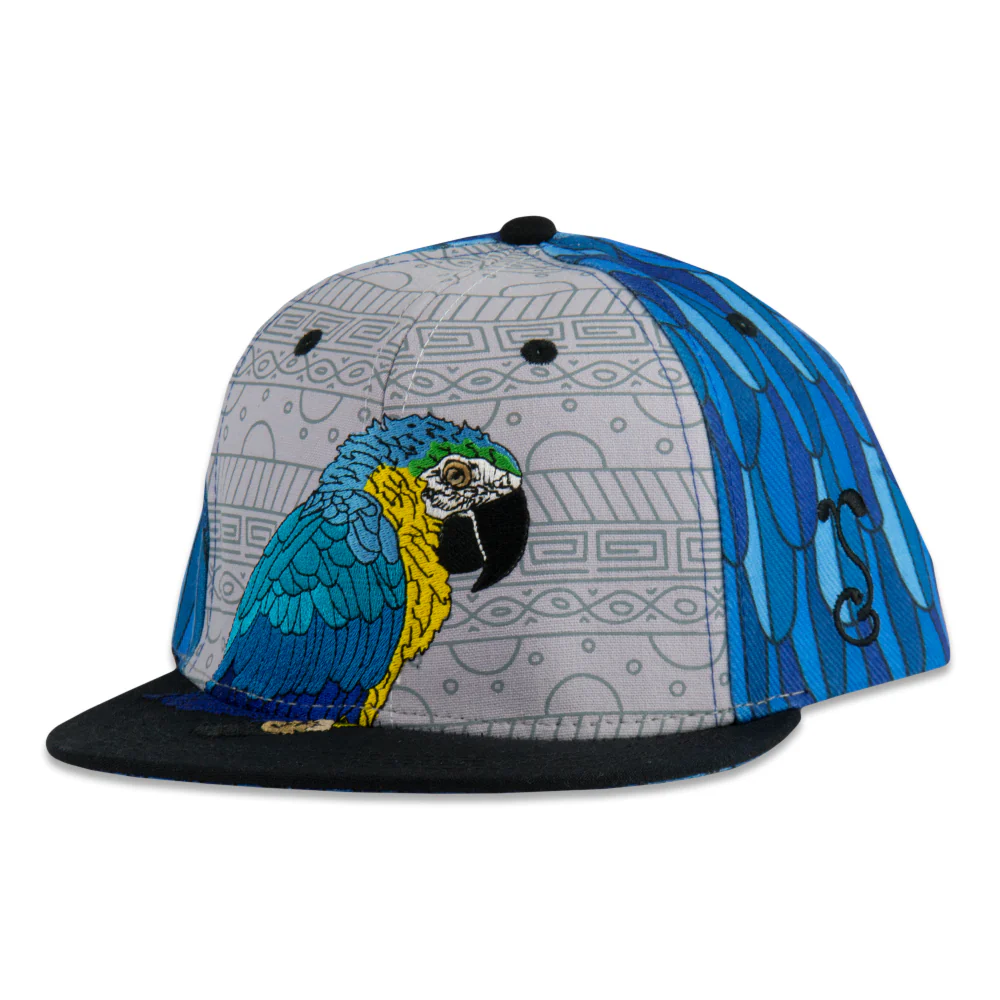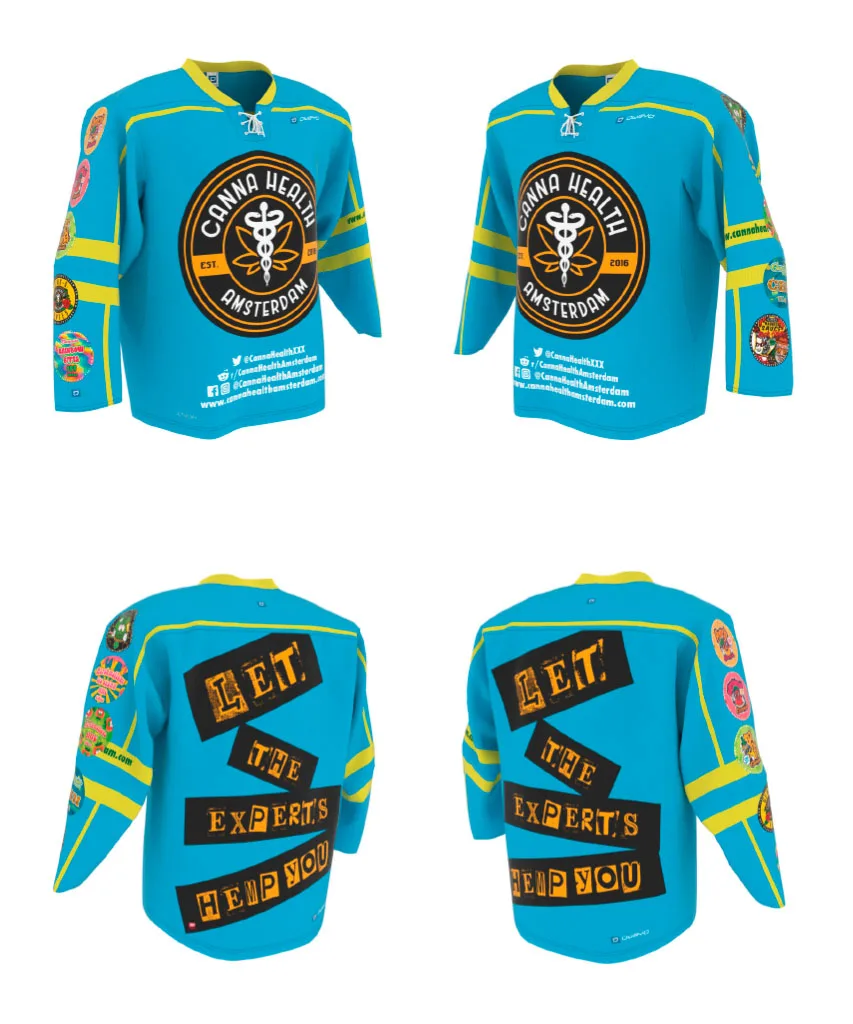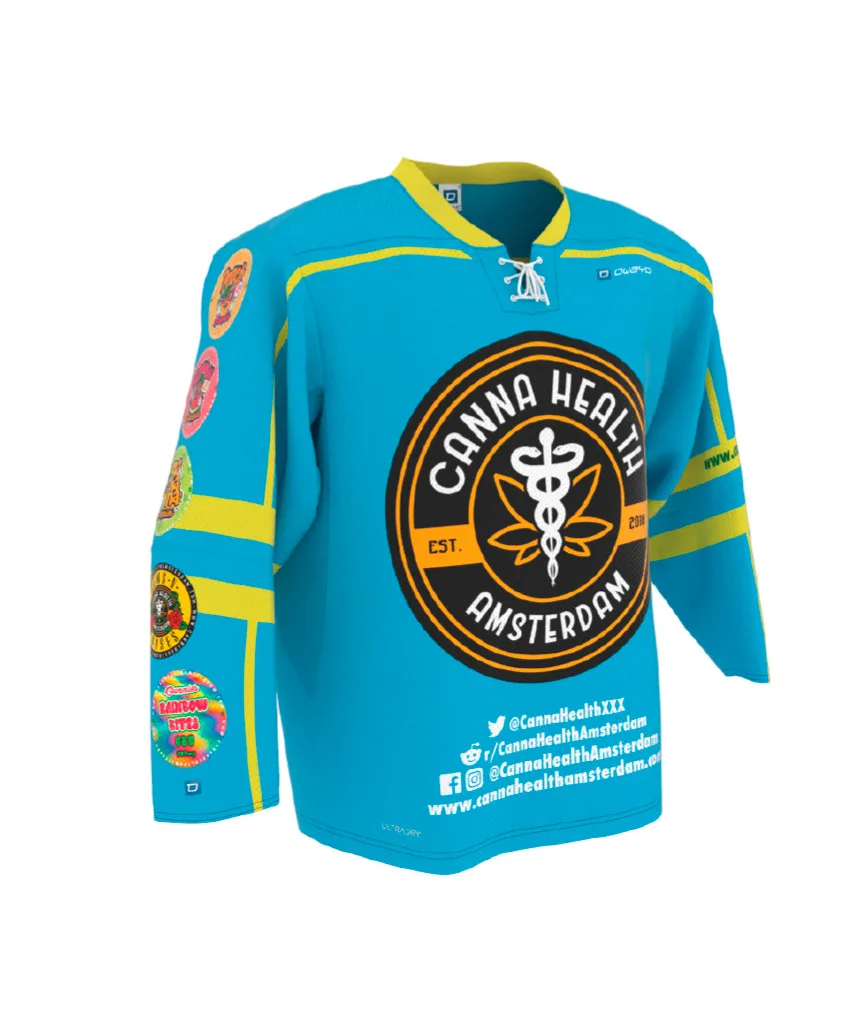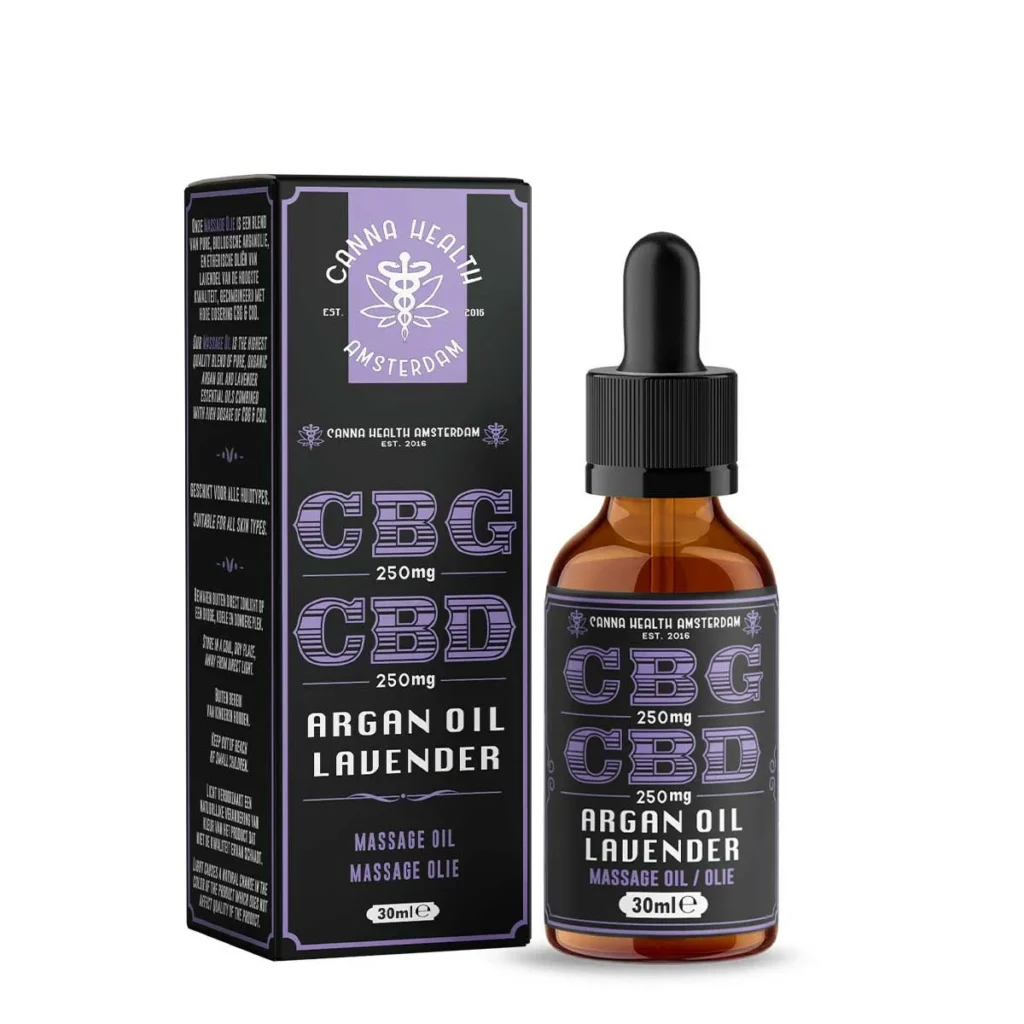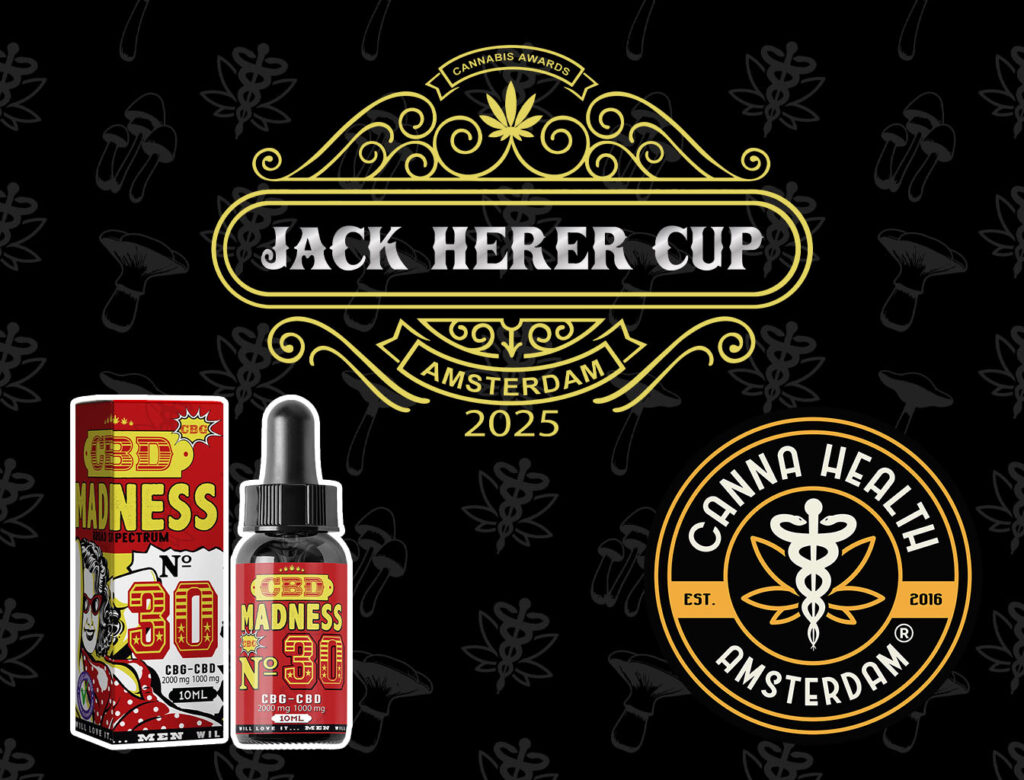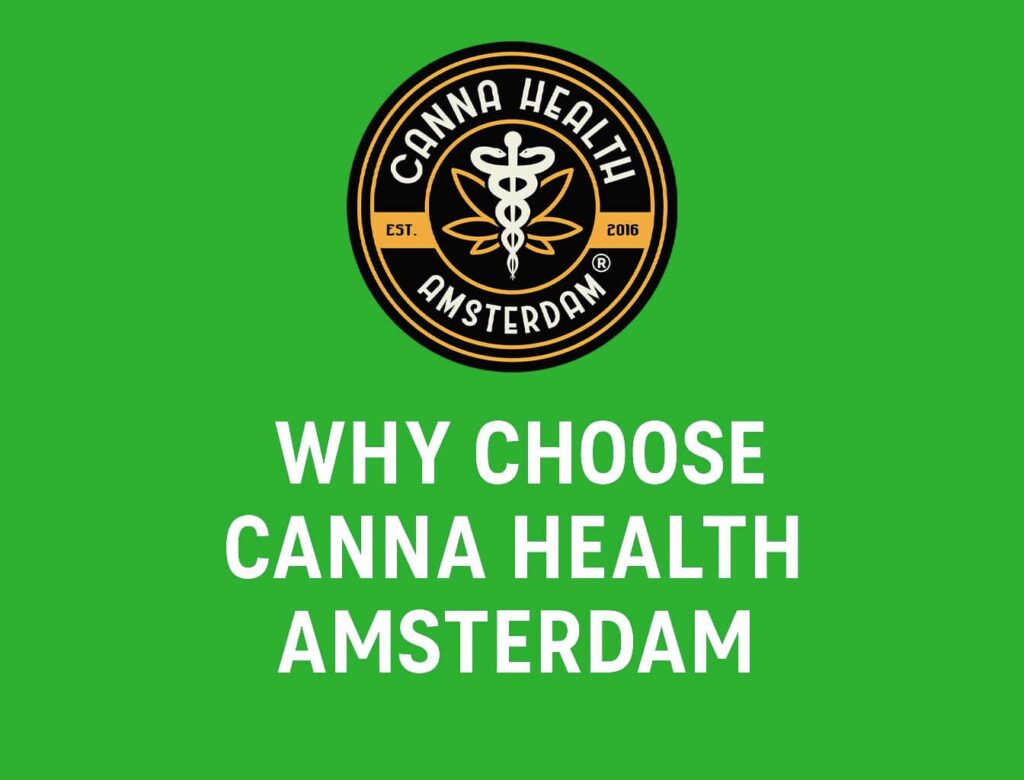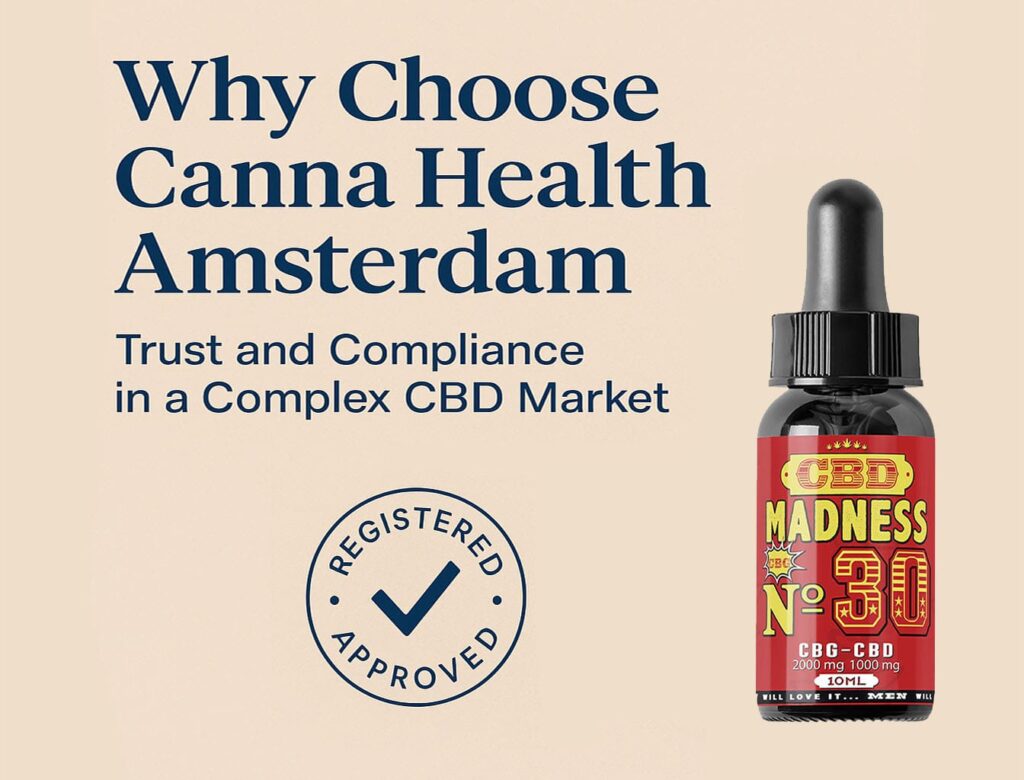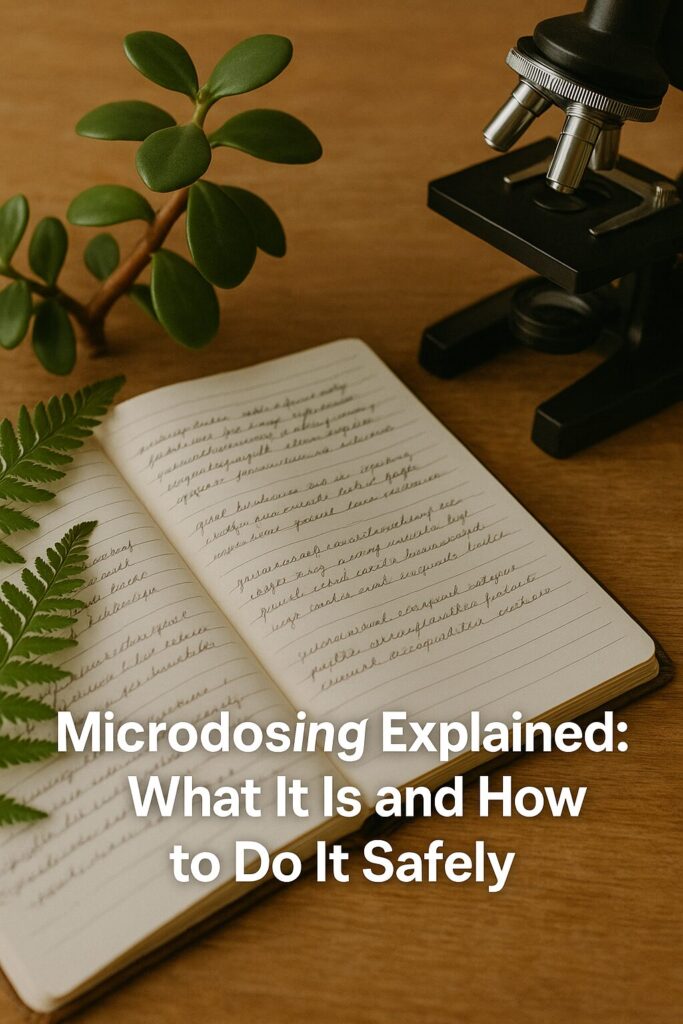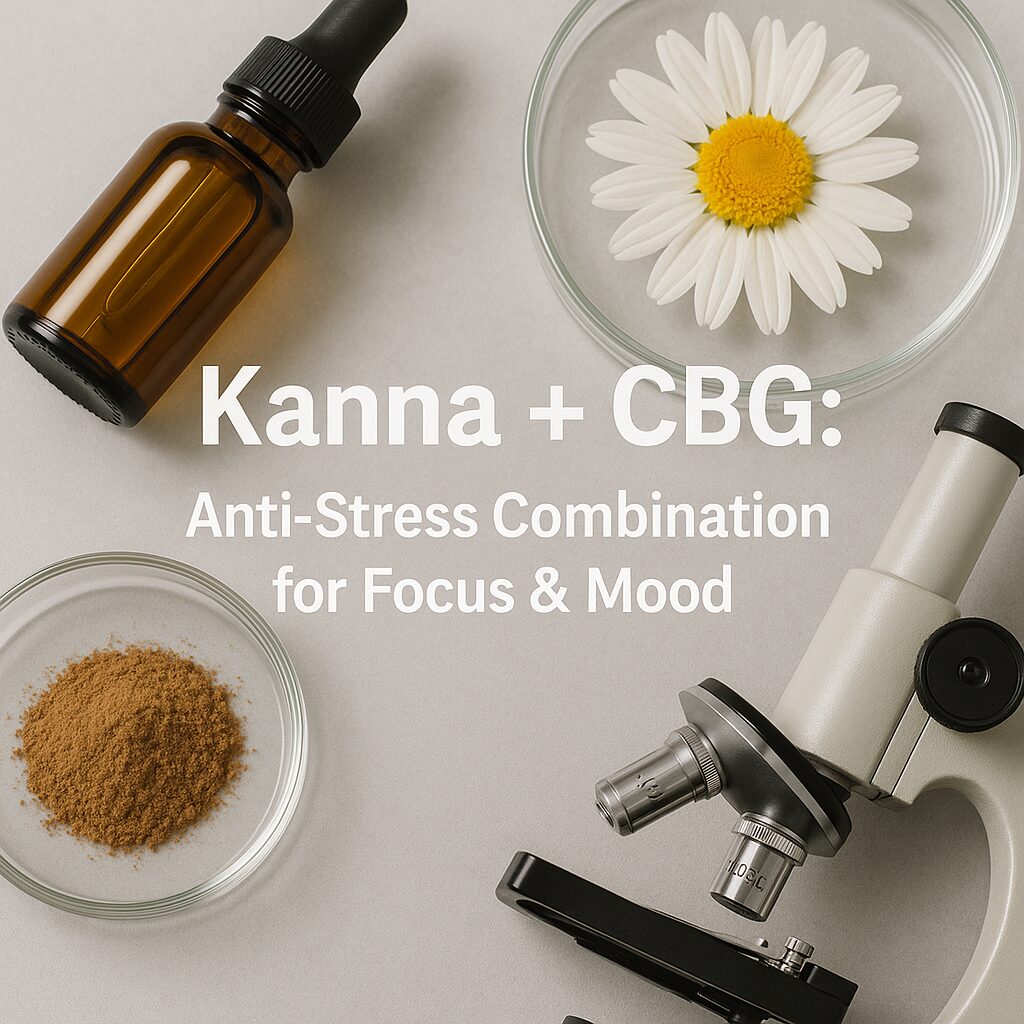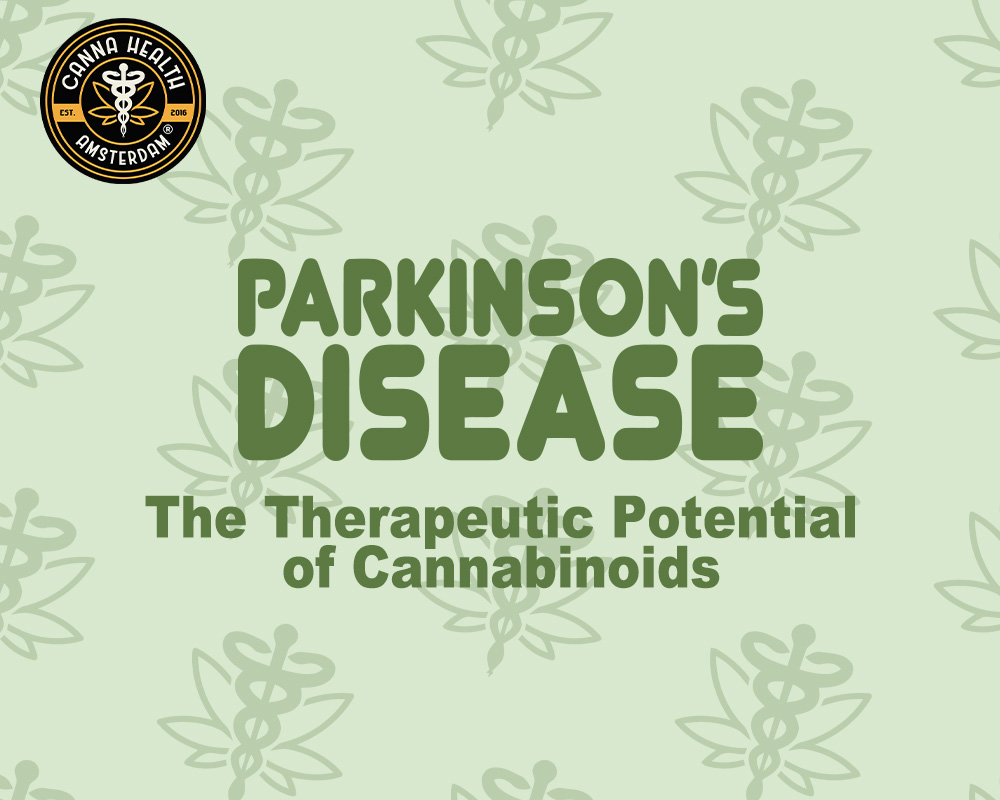
Blog
CBG as a Neuroprotective Agent in Huntington’s Disease
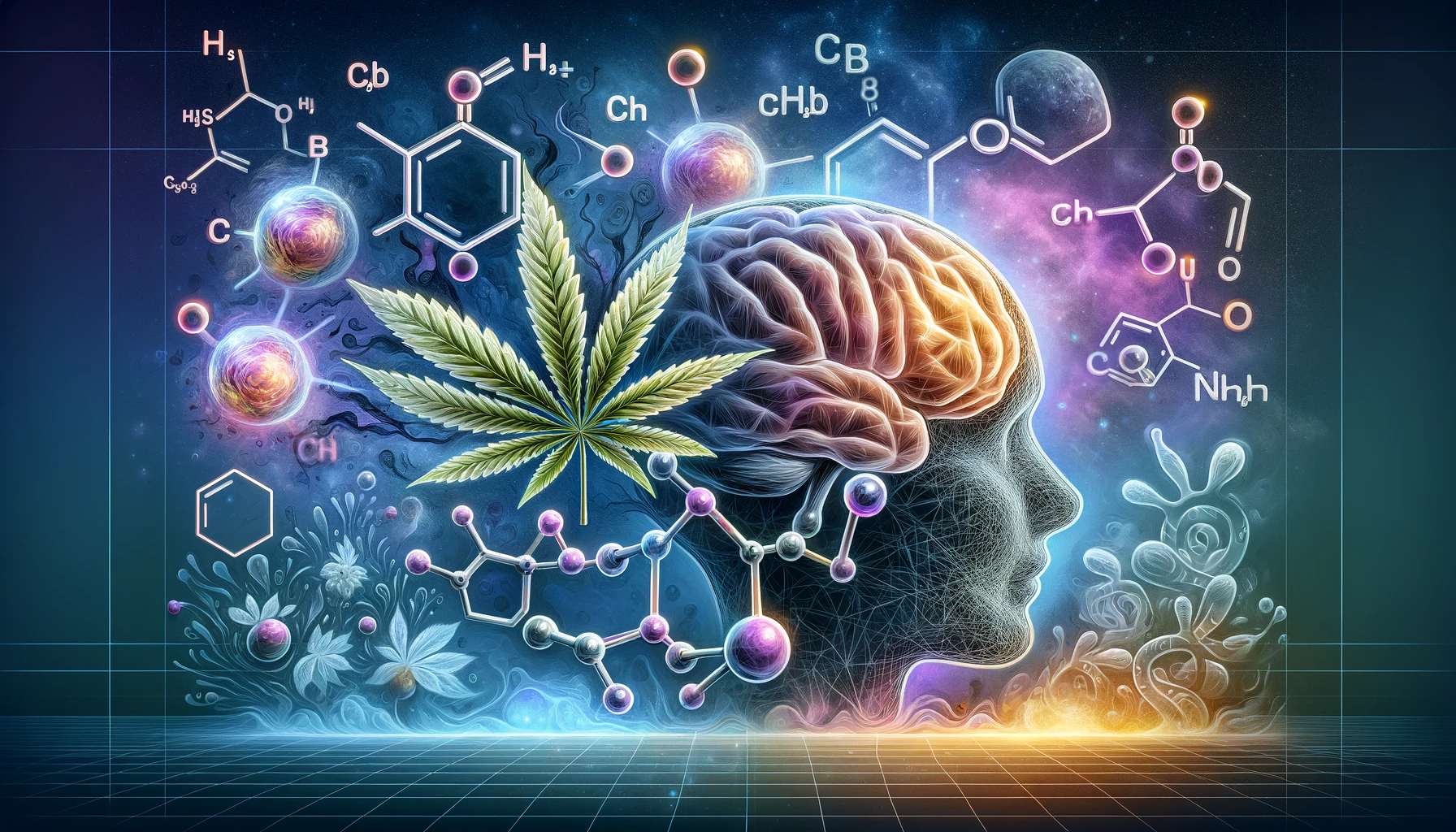
Cannabigerol (CBG), a non-psychoactive cannabinoid from cannabis plants, has emerged as a promising agent. It shows particular potential in neurodegenerative disease research, especially for Huntington’s disease. This cannabinoid’s potential was notably highlighted in a pivotal 2020 study, underscoring its neuroprotective capabilities.
Overview of the Study
The 2020 study, published in the Journal of Pharmacology and Experimental Therapeutics, is significant in cannabinoid research. It focuses on neurodegenerative diseases like Huntington’s. The research stood out for both its content and methodological approach. Using mouse models, the study closely replicated Huntington’s disease’s complex pathology. This approach enabled a detailed exploration of Cannabigerol (CBG) and its effects on the disease’s progression.
Insights into the Study’s Methodology
Exploration of Huntington’s Disease Pathology in the Study
- Motor Dysfunction: One of the most prominent features of Huntington’s disease is motor dysfunction. This includes involuntary movements and coordination issues. The study replicated these motor symptoms in mouse models, enabling an evaluation of CBG’s effectiveness in alleviating these physical impairments. This was crucial in understanding how CBG could potentially improve the quality of life for patients with Huntington’s.
- Cognitive Decline: Cognitive impairment, another key aspect of Huntington’s, encompasses difficulties with memory, executive function, and processing speed. The study’s mouse models were designed to exhibit these cognitive deficits, allowing for an assessment of whether CBG could mitigate these cognitive symptoms, an area of considerable concern in Huntington’s disease management.
- Psychiatric Symptoms: Huntington’s disease often comes with psychiatric manifestations like depression, anxiety, and irritability. The study’s approach included evaluating these psychiatric aspects in the mouse models, providing insights into CBG’s potential in addressing these challenging symptoms.
- Neuroinflammation: The study placed significant emphasis on neuroinflammation, a critical factor in the progression of Huntington’s disease. By replicating the inflammatory processes within the brain, researchers could observe how CBG interacts with and potentially modulates these inflammatory pathways.
- Oxidative Stress: Oxidative stress, another pivotal factor in Huntington’s pathology, was also simulated in the study. This allowed for the examination of CBG’s antioxidant properties and its ability to protect neural cells from oxidative damage, a key contributor to the disease’s progression.
- Neurotransmitter Dysregulation: Huntington’s disease is marked by disruptions in neurotransmitter systems, particularly those involving dopamine, GABA, and glutamate. The study’s models replicated these neurotransmitter imbalances, offering a framework to assess how CBG could influence neurotransmitter regulation and thereby impact the disease’s symptoms and progression.
Significance of Simulating Huntington’s Disease Pathology
The study’s comprehensive approach in simulating Huntington’s disease pathology was crucial. It enabled a thorough investigation into CBG’s multifaceted effects. The focus was not just on one aspect of the disease, but across a spectrum of symptoms and pathological processes. This approach gave a more complete understanding of CBG’s potential as a multi-target therapeutic agent. It showed CBG’s capability to address the complex nature of Huntington’s disease. This methodology sets a precedent for future cannabinoid and neurodegenerative disease research. It highlights the importance of multi-faceted approaches in searching for effective treatments.
Limitations of THC and CBD in Huntington’s Disease Research
This study was not just another addition to the growing body of cannabis research but marked a significant paradigm shift. Until then, the focus had primarily been on the more well-known cannabinoids, Tetrahydrocannabinol (THC) and Cannabidiol (CBD). These compounds, while beneficial for certain conditions, have limitations and characteristics that made them less ideal for targeting specific neuropathological aspects of Huntington’s disease.
The psychoactive nature of THC creates significant regulatory hurdles and public health concerns. This complicates research and clinical application. This issue is especially relevant where psychoactive substances are heavily regulated or where abuse potential is a concern. CBD, while non-psychoactive and beneficial in various contexts, may lack specific neuroprotective properties. These properties are necessary to address the complex pathology of Huntington’s disease. CBD’s mechanisms of action are diverse. However, its effectiveness in neuroprotection, especially for Huntington’s disease, might not be as strong or targeted as CBG.
In contrast, CBG has shown promise specifically in neuroprotective aspects. Unlike THC, it does not have psychoactive effects, which makes it a more appealing candidate for long-term use in neurodegenerative diseases. Additionally, its action on neuroinflammatory pathways, oxidative stress, and neurotransmitter regulation specifically addresses key aspects of Huntington’s pathology that THC and CBD may not impact as effectively.
In-Depth Analysis of Findings
- Neuroinflammation and Oxidative Stress Mitigation: CBG, along with its synthetic derivative VCE-003.2, demonstrated a remarkable ability to decrease key inflammatory molecules (TNF-α, IL-1β) and protect against glutamate-induced oxidative cell death in the hippocampal cells of mice. This finding is crucial as neuroinflammation and oxidative stress are central features in the progression of many neurodegenerative diseases, not just Huntington’s.
- Motor Function Improvement: In the study, mice treated with CBG showed improved motor functions. Notably, in models where 3-nitropropionate induced neurodegeneration, CBG not only prevented neuron death in the striatum but also reduced inflammatory markers and improved motor skills. This aspect is particularly relevant for Huntington’s disease, where motor function deterioration is a primary symptom.
- 5-HT1A Receptor and Neuroprotection: A significant revelation was the involvement of the 5-HT1A receptor in the neuroprotective effects of CBG. The absence of these effects when a 5-HT1A antagonist was used underscores the importance of this receptor pathway, indicating a specific mechanism through which CBG exerts its therapeutic action.
- Neuromodulatory Effects: The study also highlighted CBG’s impact on neurotransmission, affecting genes linked to dopamine, GABA, and glutamate pathways. This suggests CBG’s broader role in psychopharmacology, extending its potential use to other neurological and psychiatric disorders.
Implications and Future Directions
The 2020 study on Cannabigerol (CBG) marks a major step forward in treating neurodegenerative diseases, especially Huntington’s disease. CBG’s neuroprotective properties stand out, particularly in reducing neuroinflammation and oxidative stress. These factors are crucial in the progression of Huntington’s and other neurodegenerative disorders. By lessening these harmful effects on neurons, CBG shows potential in slowing or possibly stopping the progression of these diseases. Furthermore, the study noted CBG’s ability to improve motor functions in mouse models. This is significant since motor dysfunction is a key symptom of Huntington’s disease. This discovery suggests CBG could help manage or ease some of the most challenging symptoms. It offers hope for better patient outcomes.
Beyond its impact on Huntington’s disease, CBG’s neuromodulatory effects suggest broader therapeutic applications. The compound’s influence on neurotransmission, particularly its modulation of dopamine, GABA, and glutamate pathways, indicates its potential in addressing the neurotransmitter imbalances commonly observed in various neurodegenerative conditions. This neuromodulatory action of CBG could be pivotal in improving both motor and cognitive symptoms prevalent in these diseases. The implications of CBG’s neuroprotective properties extend to a range of neurodegenerative disorders, including Parkinson’s, Alzheimer’s, and ALS, where similar pathological features are present. This breakthrough could signify a shift in the approach and treatment of these complex diseases.
However, the path from these promising findings to clinical application involves critical steps, including human clinical trials. Such trials are essential to ascertain CBG’s efficacy, safety, and optimal dosing for treating neurodegenerative diseases in humans. Additionally, long-term studies are needed to fully understand CBG’s range of effects and its mechanisms of action. These studies will be crucial in determining how CBG interacts with various biological pathways over extended periods, cementing its role as a reliable therapeutic agent. In essence, the study on CBG lays the foundation for a new chapter in neurodegenerative disease treatment, underscoring the importance of exploring novel compounds and their multifaceted therapeutic effects.
Broader Therapeutic Applications
CBG’s ability to modulate neurotransmission and reduce neuroinflammation could have implications beyond Huntington’s disease, potentially benefiting conditions like Parkinson’s, Alzheimer’s, and even mental health disorders characterized by neurotransmitter dysregulation.
Need for Comprehensive Research
To fully harness CBG’s therapeutic potential, comprehensive studies are needed. These should focus on understanding its mechanisms of action, effective dosing, safety profile, and long-term effects. Clinical trials in humans are essential to validate these findings and to establish CBG as a viable therapeutic option.
In conclusion, the 2020 study on CBG marks a significant milestone in cannabinoid research, shifting the focus to lesser-explored compounds with immense therapeutic potential. Its implications extend beyond Huntington’s disease, offering hope for a new class of treatments in the realm of neurodegenerative and neuropsychiatric disorders.
10% CBD Oil – 3000 mg CBD

Kick the stressors of your hectic work and personal life. Experience a profound sense of relief and relaxation with the purest 10% CBD Oil.
CBD binds to brain receptors to improve mood, reduce stress, regulate sleep, and possibly relieve pain. 10% CBD Oil contains 0% THC, which means zero psychoactive effects—you can indulge anytime and anywhere.
100% NATURAL - VEGAN - GLUTEN-FREE - 0% THC
15th Anniversary Black T Shirt
No Return Policy: No returns or exchanges are accepted. Please make sure to review your order carefully before completing your purchase.
20% CBD Oil – 6000 mg CBD
5% CBD Oil – 1500 mg CBD
A clearer mind, uplifted mood, and a state of relaxation.
5% CBD Oil is the product of choice for anyone who wants to enter the wondrous world of CBD benefits. CBD binds to brain receptors to improve mood, reduce stress, regulate sleep, and possibly relieve pain.
100% Natural - Gluten Free - Vegan - 0% THC
50% CBD Oil – 5000 mg – 10ml
Banana OG Hybrid Feminized Seeds – Canna Health Amsterdam
Banana feminized seeds – a tropical USA hybrid (Banana OG Hybrid). Sweet banana aroma, high resin production, and a balanced euphoric high. Perfect for all growers!
Bigfoot One Meditation Moodmat
Blue Gold Macaw Feathers Snapback Hat
Introducing the Blue Gold Macaw Feathers Snapback Hat by Grassroots California – a beautifully designed hat featuring fine hemp front panels and a striking embroidered macaw design.
No Return Policy: No returns or exchanges are accepted. Please make sure to review your order carefully before completing your purchase.
Canna Health Amsterdam Official Hockey Jersey – Edition 2016-2021
Canna Health Amsterdam Official Hockey Jersey – Edition 2022
CBD – CBG MASSAGE OIL: Argan Oil & Lavender – 250 mg CBD, 250 mg CBG
CBD – CBG MASSAGE OIL: Argan Oil, Camphor & Mint – 250 mg CBD, 25O mg CBG
This minty massage oil has 250mg of CBG and 250 mg of CBD—the ‘cannabinoid power couple’ for elevated, soothing relief.
With premium Argan Oil, powerful Camphor, and rejuvenating Mint, this CBD Massage Oil is the total package. Camphor stimulates fraught nerves to calm symptoms of muscle stiffness and joint pain. Mint oil’s refreshing aroma is the perfect touch of calming coolness.
Disclaimer: This blog is for informational and educational purposes only. We review and reference available studies and reputable sources; however, content may not reflect the most current research or regulations and should not be taken as medical, legal, or professional advice. We do not make or imply health claims. Products mentioned are not intended to diagnose, treat, cure, or prevent any disease and statements have not been evaluated by EFSA or the FDA. Effects can vary between individuals. Always consult a qualified healthcare professional before use and verify that any product or ingredient is lawful in your jurisdiction.

